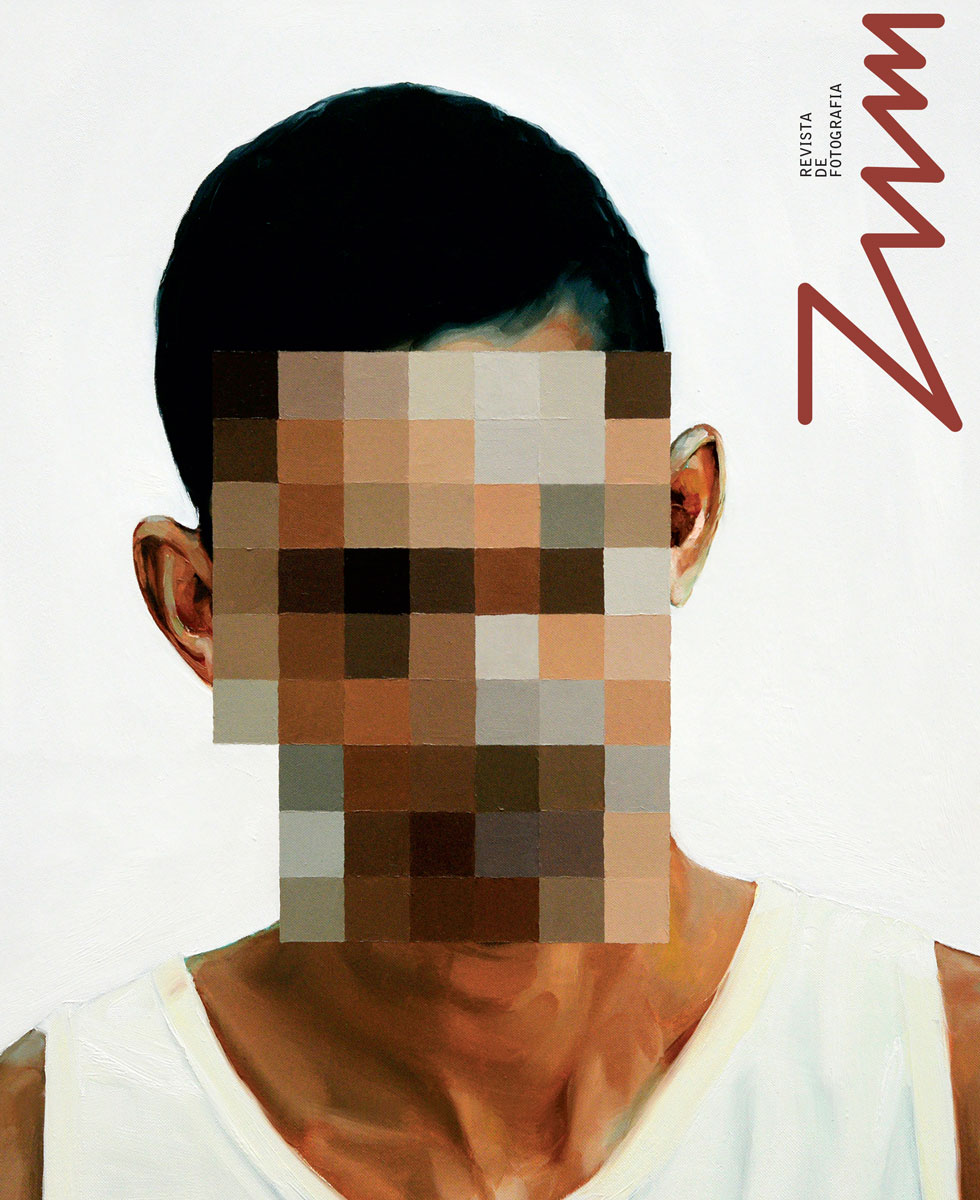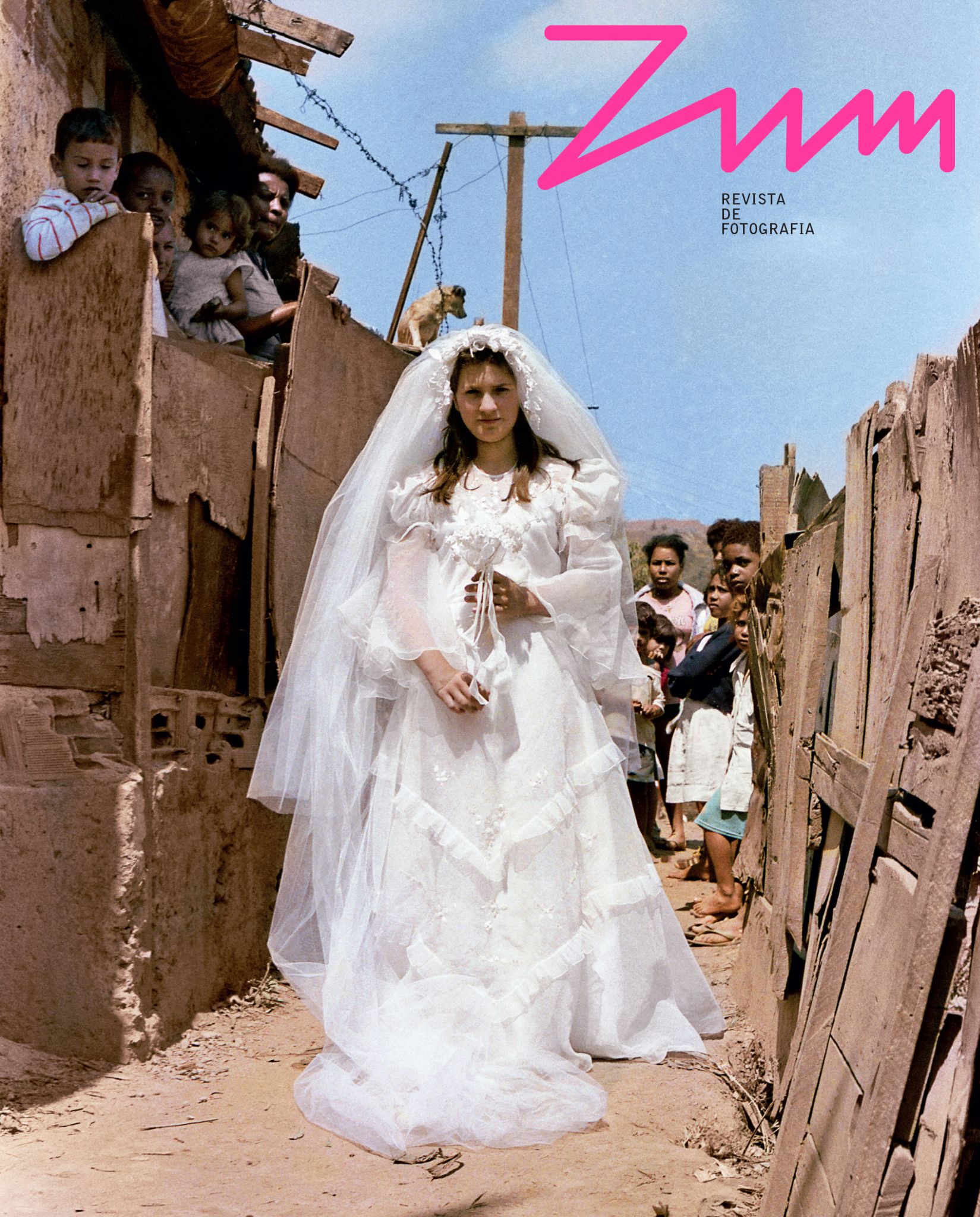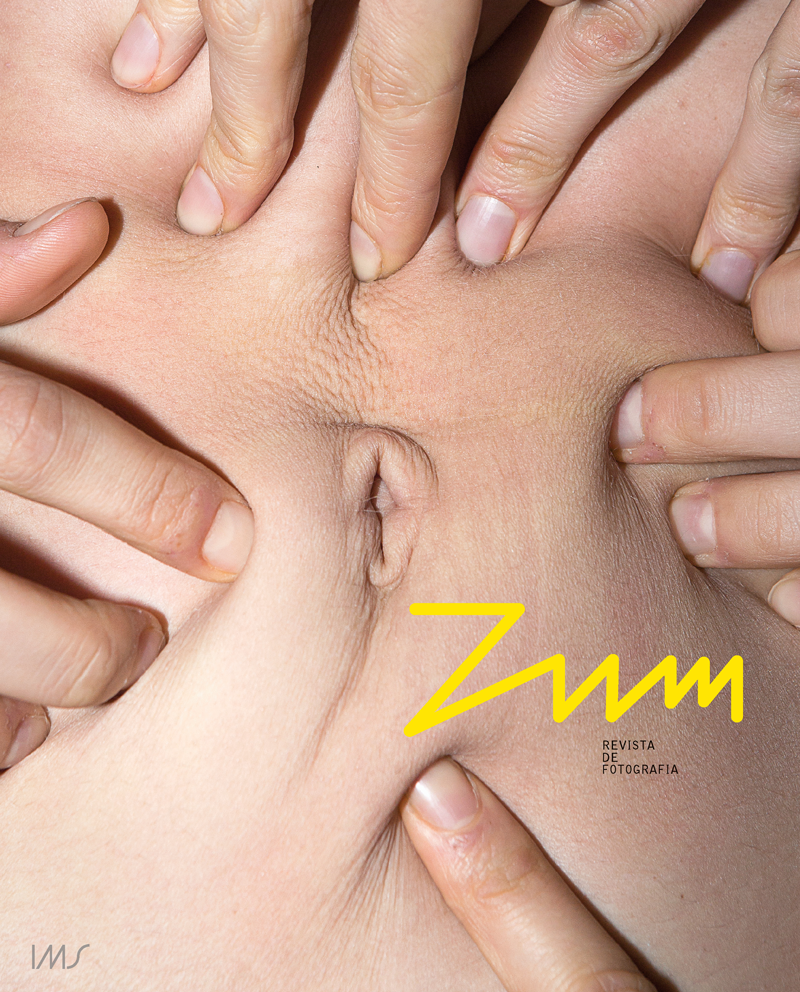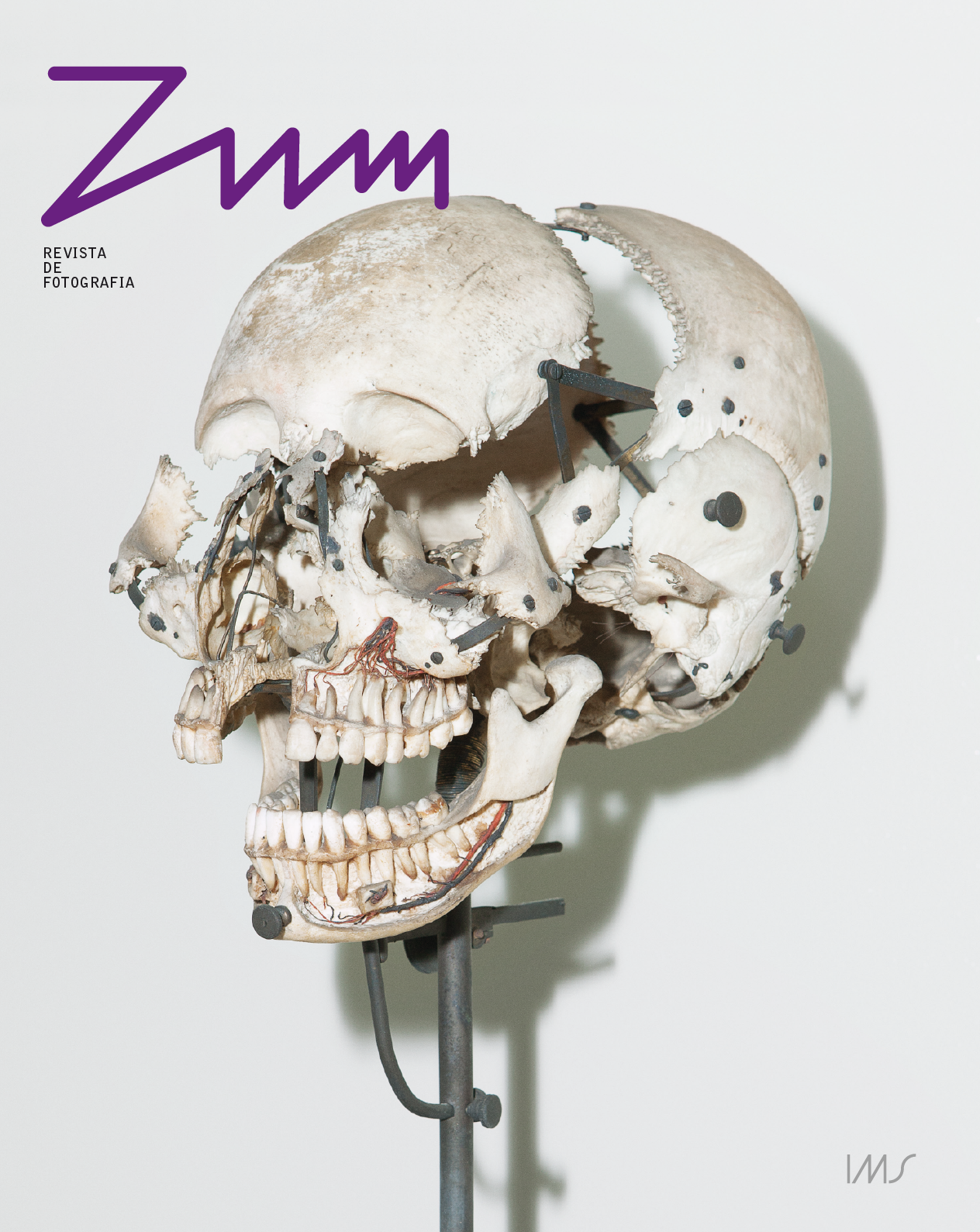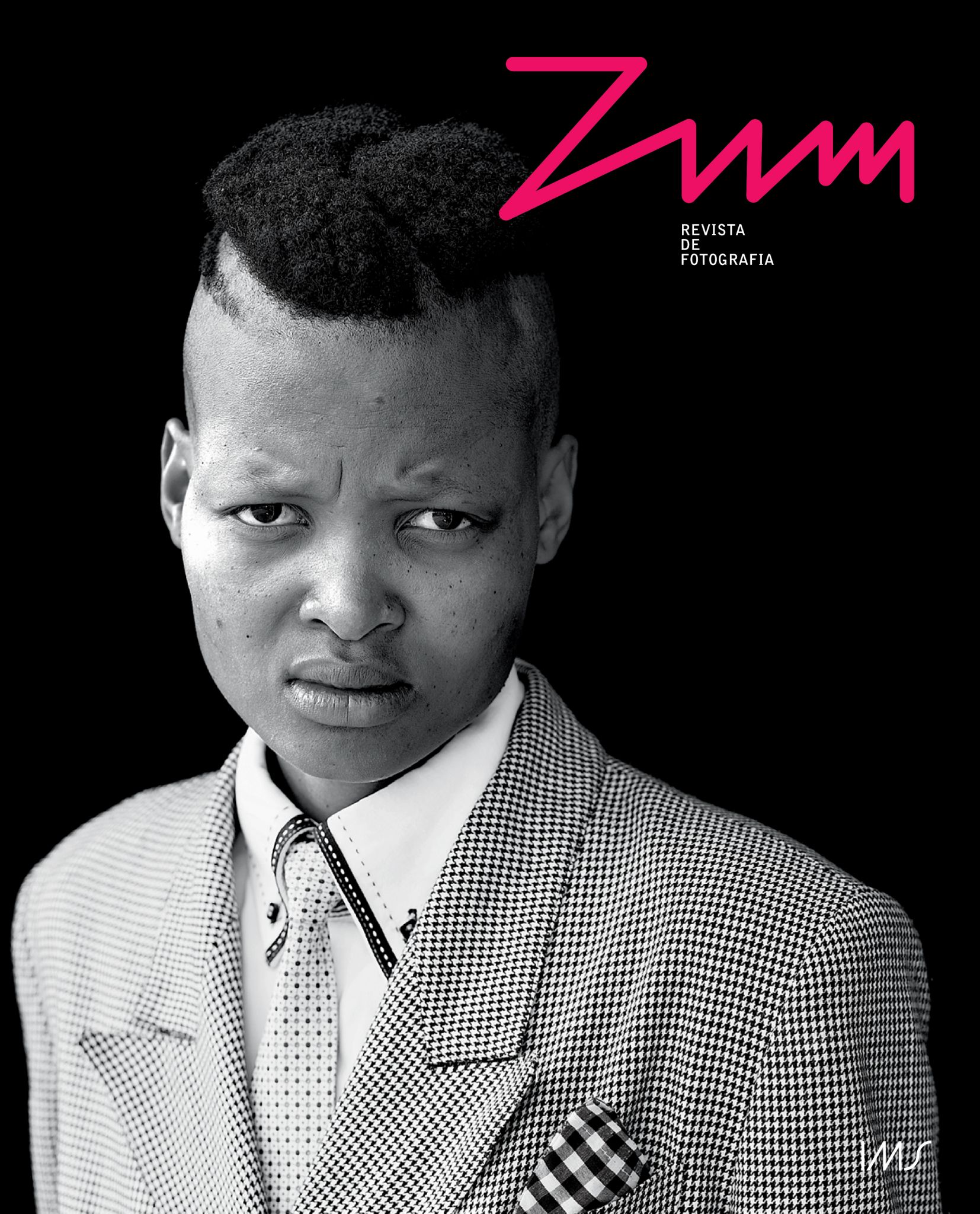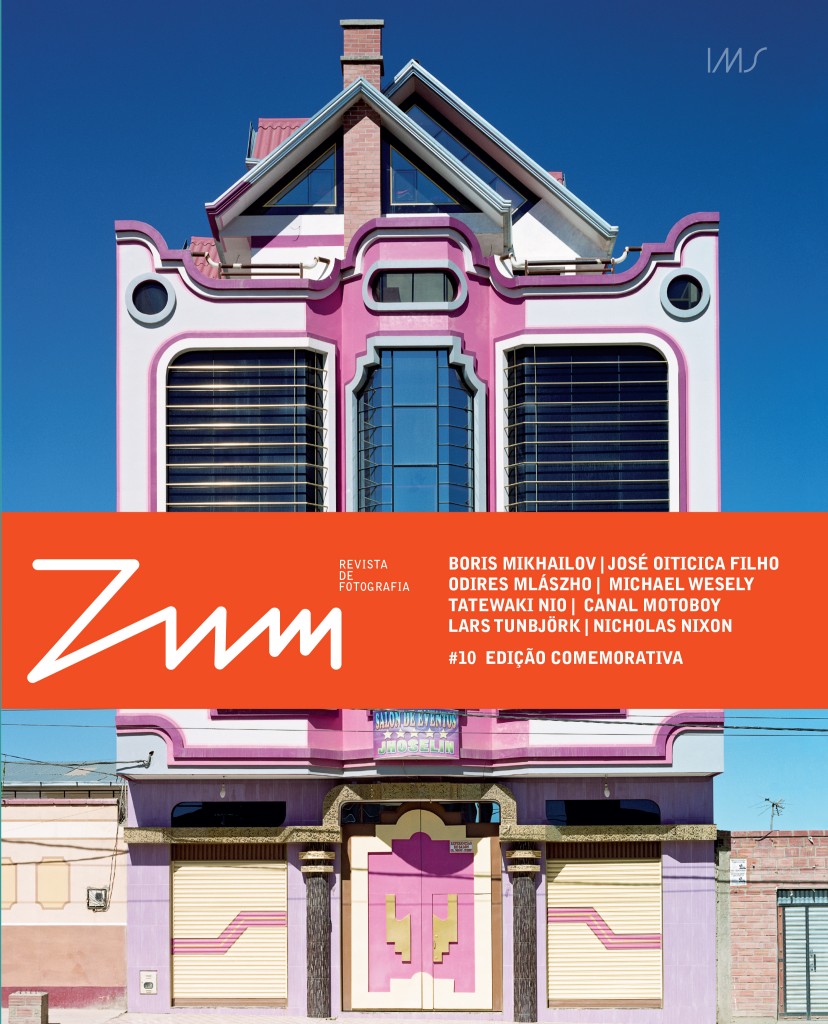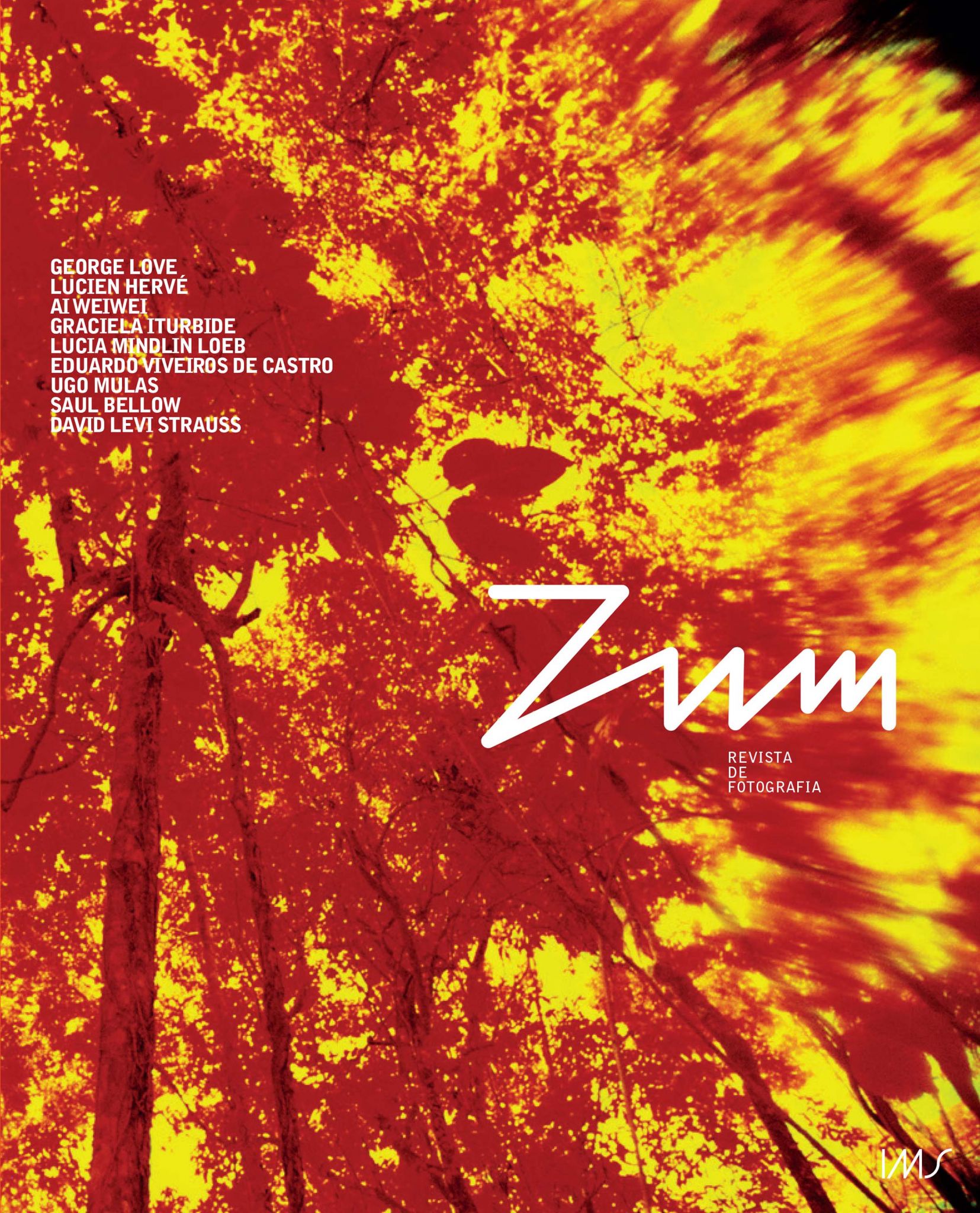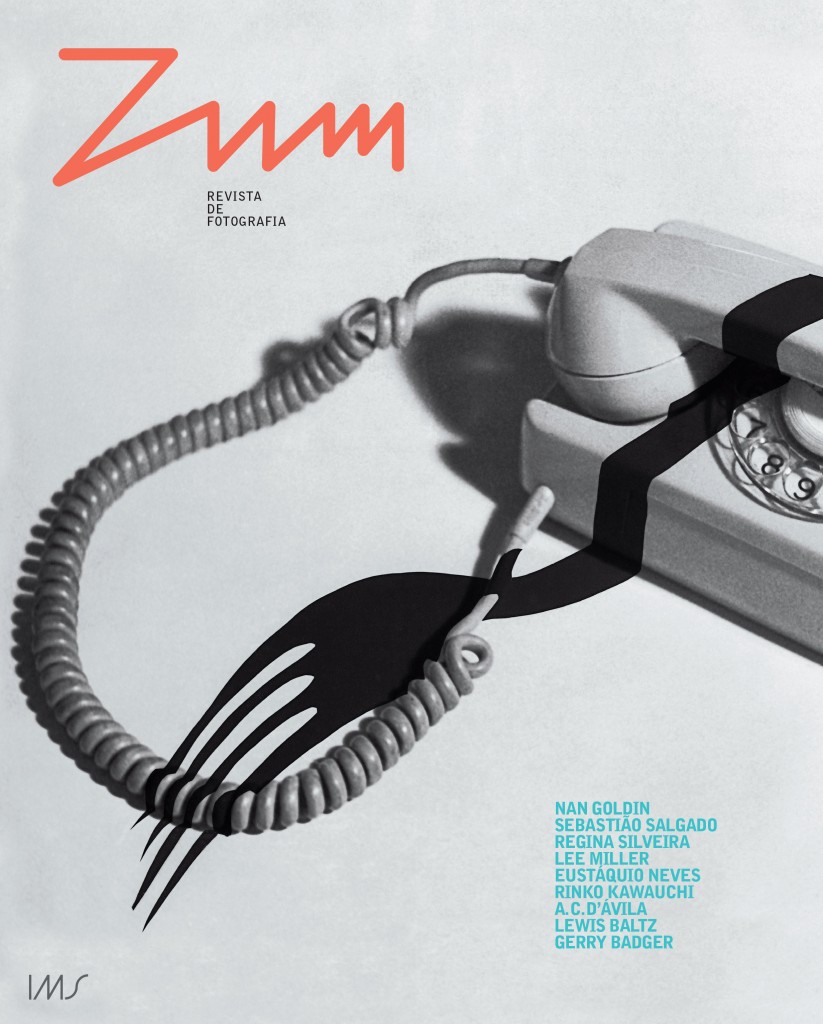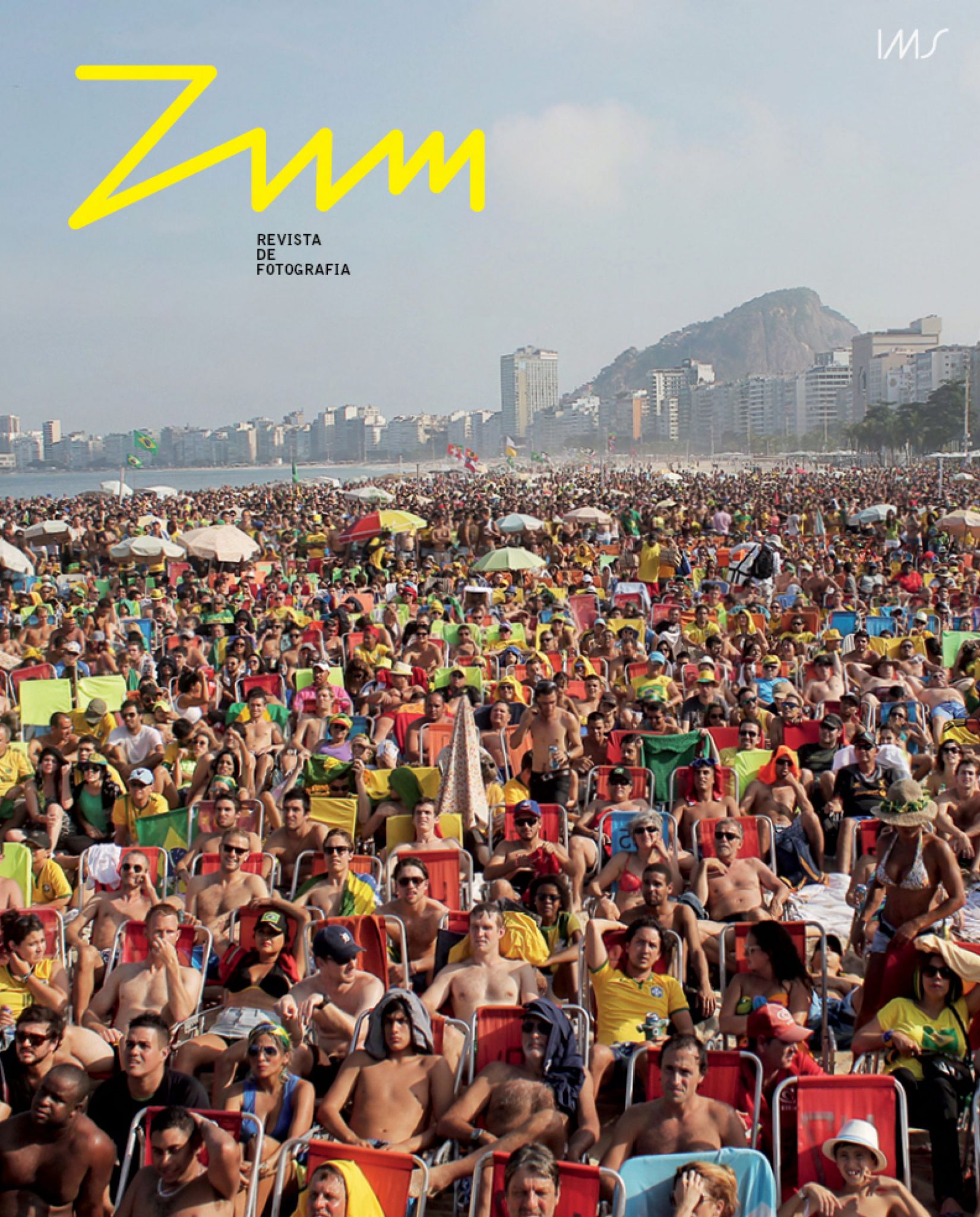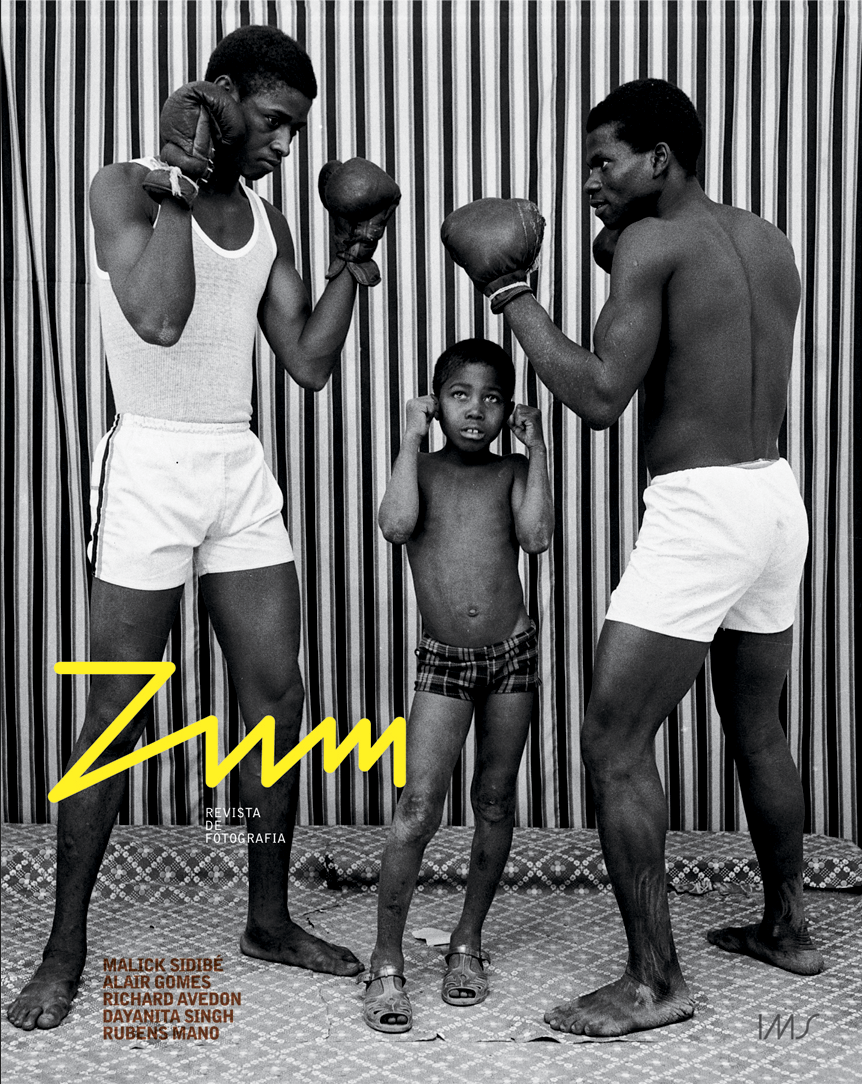|
# 15 october 2018 |
The Amazonian Man, Éder Oliveira & Daniela Labra
Who am I?, Cindy Sherman & Daniel Rubinstein
The ethics of looking, Susan Meiselas & Francisco Quinteiro Pires
Treasure hunt, Mike Disfarmer & Michael P. Mattis & Judy Hochberg
The spiral shore - Rasen kaigan, Lieko Shiga
The art of being indignant, David Goldblatt & Rodrigo Moura
Off-field, Ana Vitória Mussi & Ligia Canongia
Deep dream, Alec Soth & Humberto Brito
Photographing the multitude, José Inacio Parente & Wislawa Szymborska
The paintings of Éder Oliveira which open this edition were created from photographic studio portraits or extracted from the crime sections of newspapers in the state of Pará, Brazil. How is social exclusion depicted in the press and what is its face? What prejudices do we conceal in the gulf between the way we see ourselves and how we see others? When painting photographs and omitting their original medium, Oliveira shows how visual representation expresses the inequalities of our democratic representation.
Photography is context. Female icon of the Magnum agency, Susan Meiselas tells us how she traveled the world to tell stories of abuse and oppression. Be it showing us the actions of authoritarian regimes in Latin America or living alongside Cape Verdean immigrants in Lisbon, Meiselas has reenergized photojournalism, by showing us that it is necessary to engage deeply in every click. This same lesson has been left to us by the South African photographer David Goldblatt, who died this year after living his life in a divided country. His work is a testimony to and a manifesto for the battle against racism.
Divided between the roles of photographer and protester, José Inacio Parente recorded in 1968 the spark of hope that preceded the cruelest years of the dictatorship in Brazil. Then came the dark times, as Ana Vitória Mussi also suggests in her paintings of black images of sports journalism, an allusion to the period of censorship and exacerbated patriotism.
The studio portraits made in the post-war period by eccentric Mike Disfarmer, or Alec Soth’s photos taken at the turn of the century along the Mississippi River in the USA show the disappointment that surrounds the American dream at different periods.
The renowned artist Cindy Sherman tries to free herself of her own image when she embraces the illusions of social networks. With philosophical density and remarkable sensitivity, Japanese photographer Lieko Shiga plunges into the image to offer a labyrinthine report of her daily life before and after it was swallowed up by the sharp reality of a tsunami.


